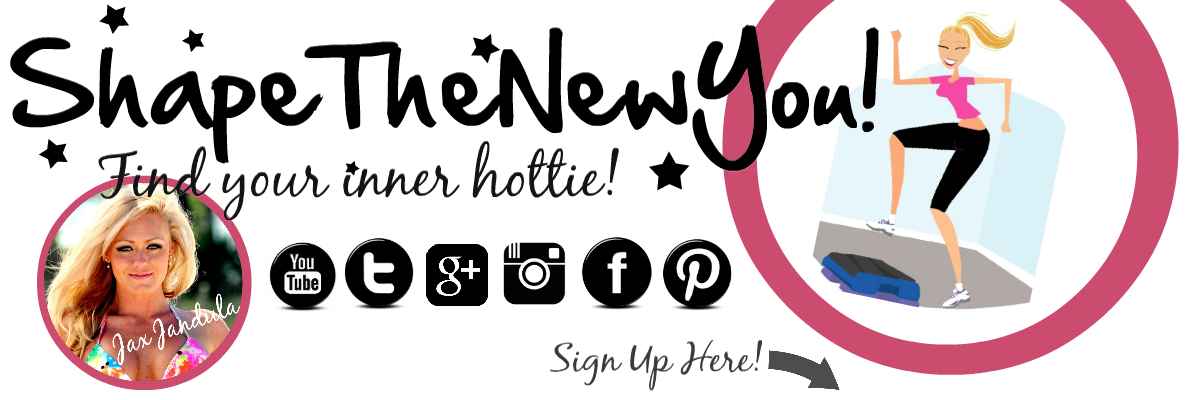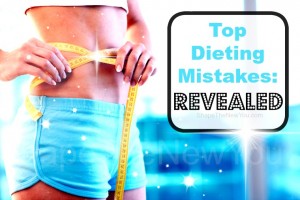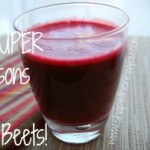Assuming ‘Good’ Calories Don’t Count
I constantly see women overdoing it on whole grains because they’re good for them. They are so important for your health, but large portions cause weight gain, period. The other day at a Mexican restaurant, I noticed women ordering gigantic bowls of brown rice with beans and chicken and cheeseand guacamole, and it took every inch of willpower not to tell them, “Those foods are all good for you, but together they’re way more calories than your body needs at one meal!” The truth is, unless you burn off as many calories as you take in, you’ll put on pounds. Even fruit and veggies (gasp!) get converted to fat.
Must Do: Know what your daily portions should be. Here’s a plan for a 5-foot-4, 150-pound woman who walks 30 minutes two to three days a week:
- 4 servings of veggies (1 serving = 1 cup)
- 4 servings of whole grains (1 serving = a slice of whole-grain bread or a half cup of brown rice)
- 4 servings of lean protein (1 serving = 3 ounces of meat or a half cup of beans)
- 4 servings of healthy fat (1 serving = 1 tablespoon of oil or a quarter of an avocado)
Ditching A Food Group (Or Three)
I’m seeing more women on vegan and gluten-free diets, not for ethical or health reasons but to shed pounds. Thing is, if you don’t replace those lost carbs, protein, and fat — a.k.a. macronutrients — it can lead to weight gain, fatigue, irritability, and digestive issues. You need the Goldilocks approach to macronutrients: not too little, not too much.
Must Do: Complement a veggie-centric meal with a half-cup of beans, or a couple tablespoons of nuts; get in healthy carbs with gluten-free quinoa or brown rice. You’ll see a difference! One vegan client used to eat just raw veggies, oil, and vinegar for dinner. Once she switched to a few cups of roasted veggies with wild rice, herbed lentils, and a few tablespoons of walnuts — adding carbs and protein — she broke her weight-loss plateau (thanks, newly revved metabolism) and vanquished her chronic bloating and fatigue.
Not Eating Often Enough
It may be tempting to “save up” calories for dinner out or the weekend, but that can sap energy, mess with your mood, and force your body to burn muscle for fuel — which slows your metabolism. One study found that when people ate just one large meal late in the day, they upped their risk of prediabetes. I once had a client who stopped losing weight because she moved her afternoon snack to the evening — which meant a seven-hour stretch of no food between lunch and dinner and two rounds of eating at night, when her activity was low
Must Do: It’s simple: Eat every three to five hours. Once my client moved her snack back to 4 p.m., the scale dial budged again.
Eating Your Feelings
One woman I work with regularly overate. She had a high-pressure job and a demanding family, and she was a perfectionist with a spotless home. I’ll never forget the stunned look on her face when I asked how she felt while overeating. “It feels like reckless abandon, like a moment of freedom,” she said. Ta-da!
Must Do: Keep a log of what you eat, how much, and your feelings before and after. It’s an eye-opener; one client saw that she craved crunchy or chewy foods when she was mad at her boss or husband. The trick is to replace eating with other coping mechanisms. The perfectionist started going salsa dancing; the thrill of polishing off a pizza dwindled, and she shrank two sizes in three months.
Doing A Quick Fix
Every woman I’ve counseled has tried a fad diet. A drastic low-cal plan sends your body into conservation mode, so you burn calories slower. It can also cause headaches, moodiness, fatigue, cravings, and, of course, only temporary weight loss.
Must Do: Jot this on a sticky note for your fridge: NO fad diet is good for my health or happiness. Then avoid them like the plague!
Source thanks to Health.com







